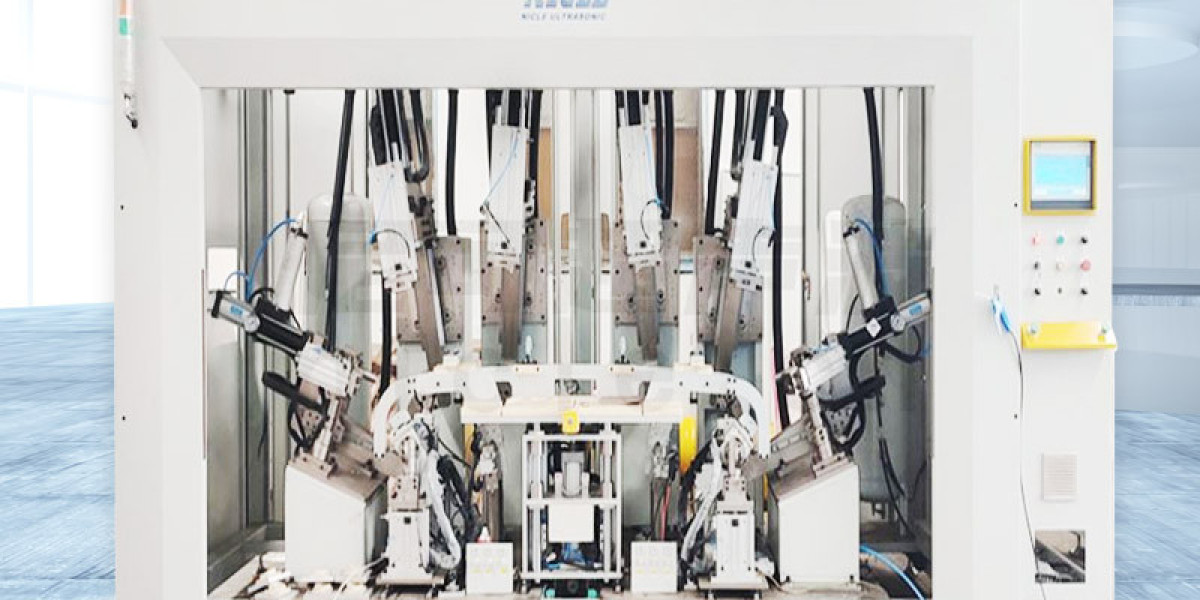Introduction
Ultrasonic welding is a widely used process for joining thermoplastics, including polyoxymethylene (POM), a material valued for its strength, dimensional stability, and low friction properties. However, achieving defect-free welds can be challenging due to POM’s high crystallinity and sensitivity to heat. Common welding defects such as weak joints, excessive flash, internal voids, and surface burns can compromise product performance.
By understanding the causes of these defects and implementing proper process controls, manufacturers can improve weld quality, reduce material waste, and enhance production efficiency. This article explores the most frequent defects in POM ultrasonic welding and provides effective strategies to prevent them.
Common Defects in POM Ultrasonic Welding and How to Prevent Them
Weak or Inconsistent Welds
Causes:
- Insufficient energy transfer due to low amplitude or frequency
- Poor joint design leading to inadequate material flow
- Improper clamping pressure, causing misalignment
- Contaminants such as dust, oil, or moisture at the interface
Prevention Strategies:
- Optimise frequency and amplitude: POM typically welds best at 20 kHz with an amplitude range of 30-70 µm. Fine-tune these parameters based on part thickness and joint design.
- Improve joint design: A well-designed energy director (triangular ridge at the weld interface) helps concentrate ultrasonic energy, ensuring better material melting and fusion.
- Control clamping force: Apply uniform pressure to keep parts aligned and ensure proper energy transmission. Inconsistent force can result in cold welds or weak bonds.
- Ensure clean surfaces: Use alcohol-based cleaners to remove contaminants from welding surfaces before assembly. Proper storage of components also helps prevent dust accumulation.
Excessive Flash Formation
Causes:
- Excessive amplitude or weld time
- High clamping pressure pushing molten material out of the weld zone
- Poor joint design causing uneven material displacement
Prevention Strategies:
- Adjust plastic welding parameters: Reducing amplitude or weld time helps prevent overheating, which can cause excessive flash.
- Optimise clamping pressure: Apply just enough pressure to maintain firm contact without forcing molten material outward.
- Use proper joint design: Incorporate a flash trap—a small recess near the joint—to contain excess material and prevent it from affecting aesthetics or functionality.
Internal Voids and Incomplete Fusion
Causes:
- Rapid cooling leading to trapped air pockets
- Uneven energy distribution during welding
- Excessive material shrinkage after cooling
Prevention Strategies:
- Optimise cooling time: Allow sufficient time for gradual cooling to prevent voids from forming due to rapid material contraction.
- Ensure even energy distribution: Modify the horn design or adjust welding parameters to distribute ultrasonic energy evenly across the weld area.
- Choose the right process settings: Reducing amplitude slightly while increasing weld time can promote more uniform melting and fusion.
Surface Burns and Discoloration
Causes:
- Excessive heat due to prolonged weld time or high amplitude
- Friction between the horn and workpiece generating excessive temperature
- Material degradation from contamination or overheating
Prevention Strategies:
- Reduce heat input: Lowering the amplitude or weld time helps prevent excessive heat buildup.
- Use a textured horn surface: A slightly textured horn can reduce excessive friction, preventing overheating at contact points.
- Maintain clean welding equipment: Contaminants on the horn or anvil can degrade the POM surface, leading to burn marks. Regular cleaning is essential.
Cracking or Brittleness in the Weld Area
Causes:
- Excessive energy input leading to thermal stress
- Poor molecular bonding due to rapid cooling
- Residual stresses from improper joint design
Prevention Strategies:
- Reduce weld energy: Adjust amplitude and weld time to prevent material from becoming too brittle.
- Slow down cooling: Gradual cooling helps relieve internal stresses and improves weld toughness.
- Refine joint design: Use rounded edges instead of sharp corners to distribute stress more evenly.
Best Practices for High-Quality POM Ultrasonic Welding
Selecting the Right Welding Parameters
Every POM application requires fine-tuning of key welding parameters such as frequency, amplitude, pressure, and weld time. Manufacturers should conduct process validation tests to determine optimal settings.
Proper Part and Joint Design
- Energy directors: Enhance weld strength by concentrating ultrasonic energy at the interface.
- Flash traps: Improve aesthetics by containing excess material within the design.
- Consistent wall thickness: Avoid sharp variations in thickness, which can lead to uneven melting.
Equipment Maintenance and Calibration
Regular cleaning and calibration of ultrasonic horns, fixtures, and generators ensure consistent energy delivery and prevent contamination-related defects.
Material Handling and Preparation
- Store POM components in a dry, dust-free environment.
- Avoid prolonged exposure to humidity, as moisture absorption can affect weld quality.
- Clean surfaces before welding to remove oils and other contaminants.
Real-Time Process Monitoring
Using sensors to track weld force, energy input, and displacement can help detect issues early and maintain consistency.
Conclusion
Preventing defects in POM plastic ultrasonic welding requires a combination of optimised process parameters, proper joint design, and stringent material handling practices. By addressing the root causes of weak welds, excessive flash, internal voids, surface burns, and cracking, manufacturers can significantly improve product reliability and production efficiency.
Implementing real-time monitoring and regular equipment maintenance further enhances consistency, reducing downtime and material waste. By following these best practices, manufacturers can achieve high-quality, defect-free welds, ensuring stronger and more durable POM assemblies.








